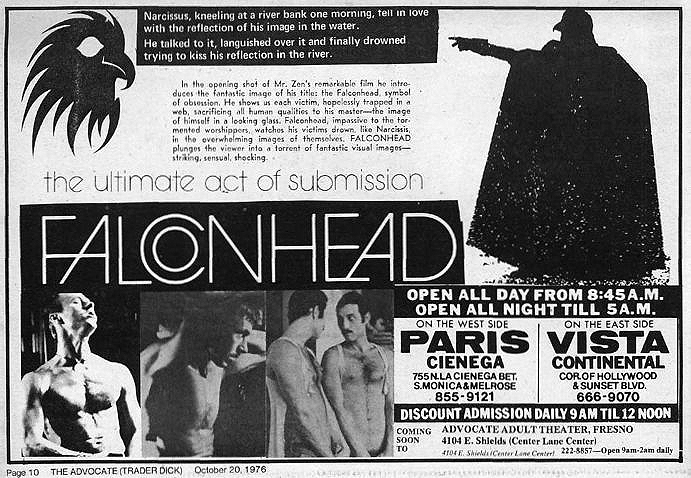
"Like something out of a Greek tragedy (or Clash of the Titans), a naked man lies spread-eagled on his stomach on the center of a ceremonial plaza. The Falconhead appears out of nowhere, clad in black robes that look oddly medieval, and presents an ornately framed mirror to the prostrate man, pushing his face into it with his shiny black boots. Text flashes, "He gazed into the mirror and was consumed by it."
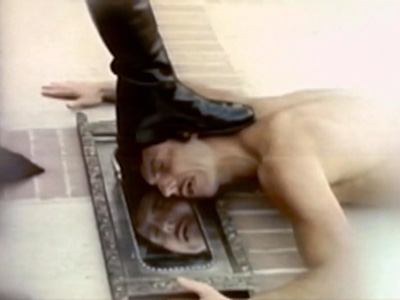
So begins Michael Zen's Falconhead (1977), a richly complex film that “features a fearsome bird-headed man with magical powers, a possibly nefarious shaman/landlord, stunningly photographed solo sequences, deliciously ambiguous sexual violence, and lots of gooey, gooey cum eating.”
The man with the head of a falcon character derives from so many cultures. The ancient Egyptian god Horus was usually depicted as a falcon-headed man, wearing the red and white crown which represented his kingship over both Upper and Lower Egypt. Horus was the son of Osiris and Isis, both associated with the cycles of birth, death, and the afterlife.

In ancient Egypt, falcons (also known as raptors) represented the soul in the afterlife. In fact, the falcons themselves were even mummified, and recently, some scholars have found evidence that the birds were sacrificed to the gods, or even used in falconry, where young birds are trained to hunt prey.
In the medieval period, falconry became a widespread cultural practice among the nobility, but some of its practices were extremely cruel, including temporarily blinding the birds (the gruesome details are elucidated in the hyperlink above), which made them easier to train.
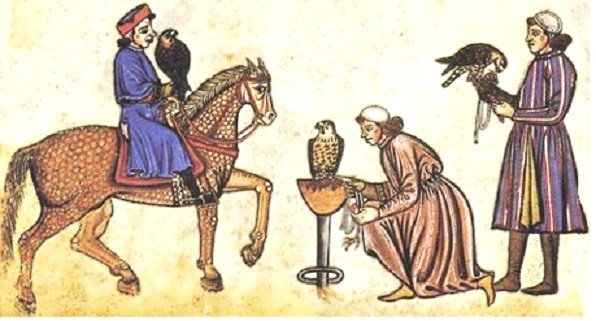
The practice, however, lost popularity in Europe because of the widespread usage of guns and gunpowder. In Britain among some of the gentry the practice survived, and these individuals formed a series of clubs that kept the art alive, leading eventually to the modern development of falconry in Europe, North America and Africa.
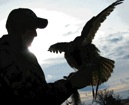
There are so many elements in the above of terrifying power, sacrifice and cruelty, but also beauty and awe. Birds of course can fly, and this action has always inspired humans to think about power and its limits, the Icarus myth being the most well-known one.
And falcons in all their variety, who soar in the sky, are carnivorous creatures, who hunt for earthbound prey, the creeping things in the creation account in Genesis. Yet, at the same time, humans have attempted to tame, even confine, this energy through the art of falconry.
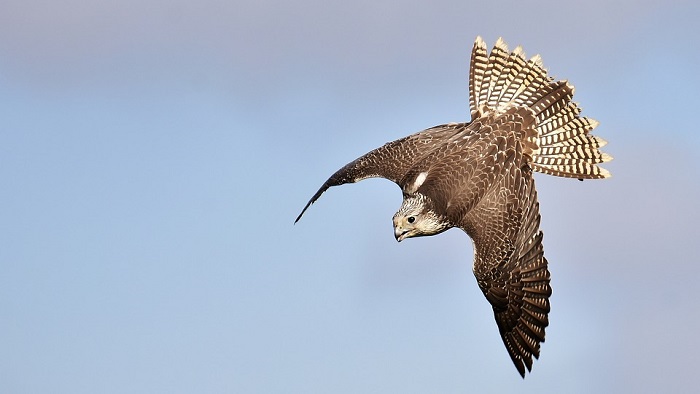
It's like this type of bird represents for humans a boundary breaker, someone who can brave the wide gaps between heaven and earth, nature and art, life and death.
Perhaps in the mirror the falcon-headed man presents to the prostrate man, we see ourselves consumed by what seems to be our own physical sexual power, but ultimately, it's a power given to us by a natural, or even supernatural force that encompasses, in fact, thrives on, extremes in order to not just survive, but triumph.
The falcon-headed man is the endless orgasm of life and death; we can imitate it, mirror it, but our life is a disconnected series of gooey cumshots in the sublunary earth. The men are consumed; but he burns like that famous bush, not consumed.
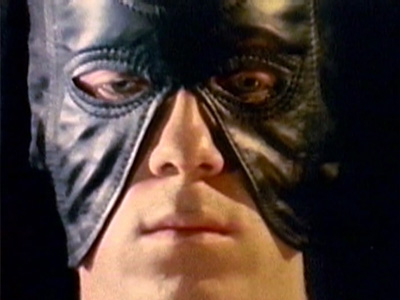
The poet Yeats proclaims in his famous poem, The Second Coming, that in a time of crisis “the falcon can no longer hear the falconer;” in these times, perhaps, we have lost the seismic energy that charges body and spirit together in a dynamic relationship. I see this line as implying that falconer cannot bond with the falcon; he has stopped up his conduit to the falcon's awesome energy he was able to tap into.
Thus, all that's left, as in the famous line at the end of the poem, is the “rude beast slouching toward Bethlehem waiting to be born,” a dead life devoid of creativity, passion, and love.
Quotes from the Falconhead review by DM at BijouWorld.
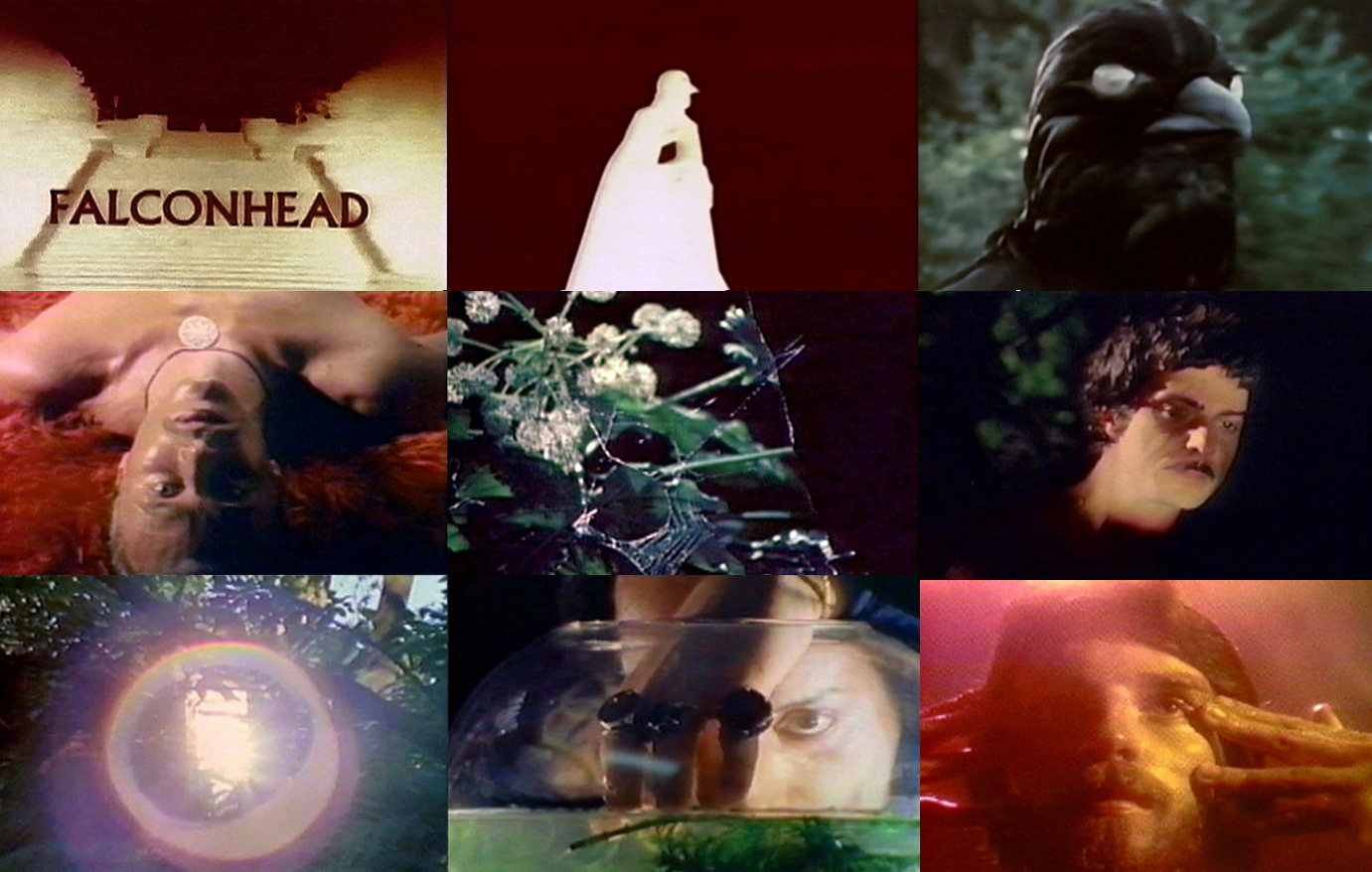

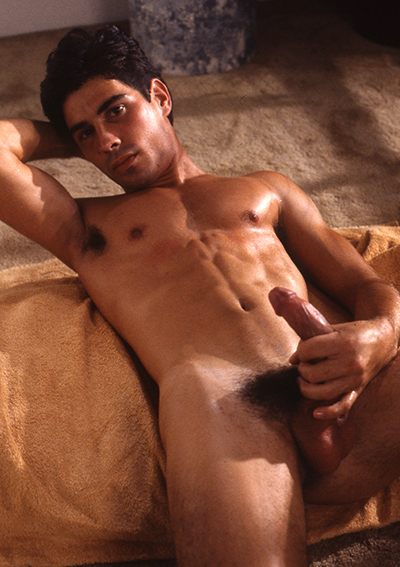
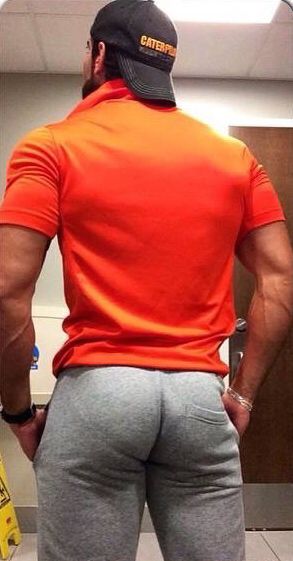
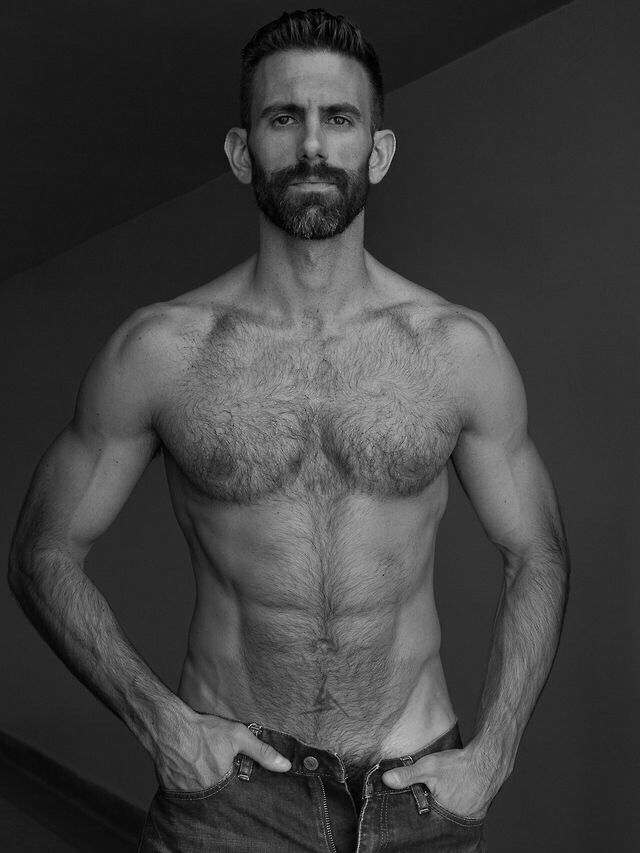
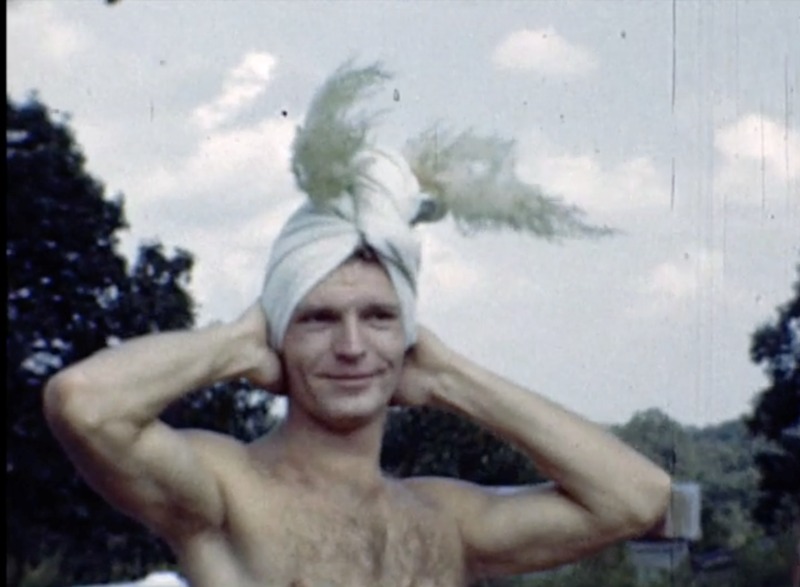
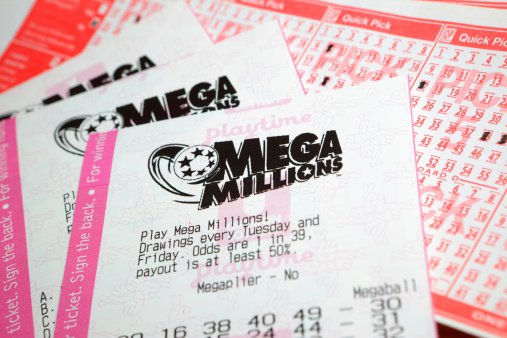
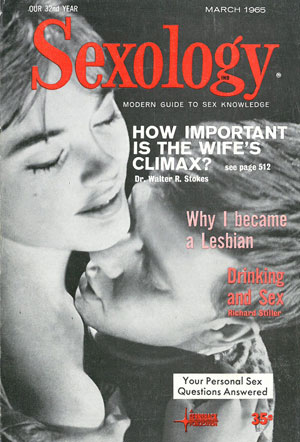
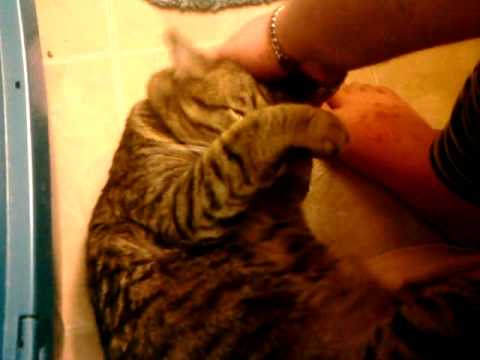
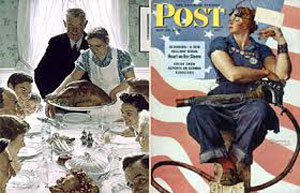
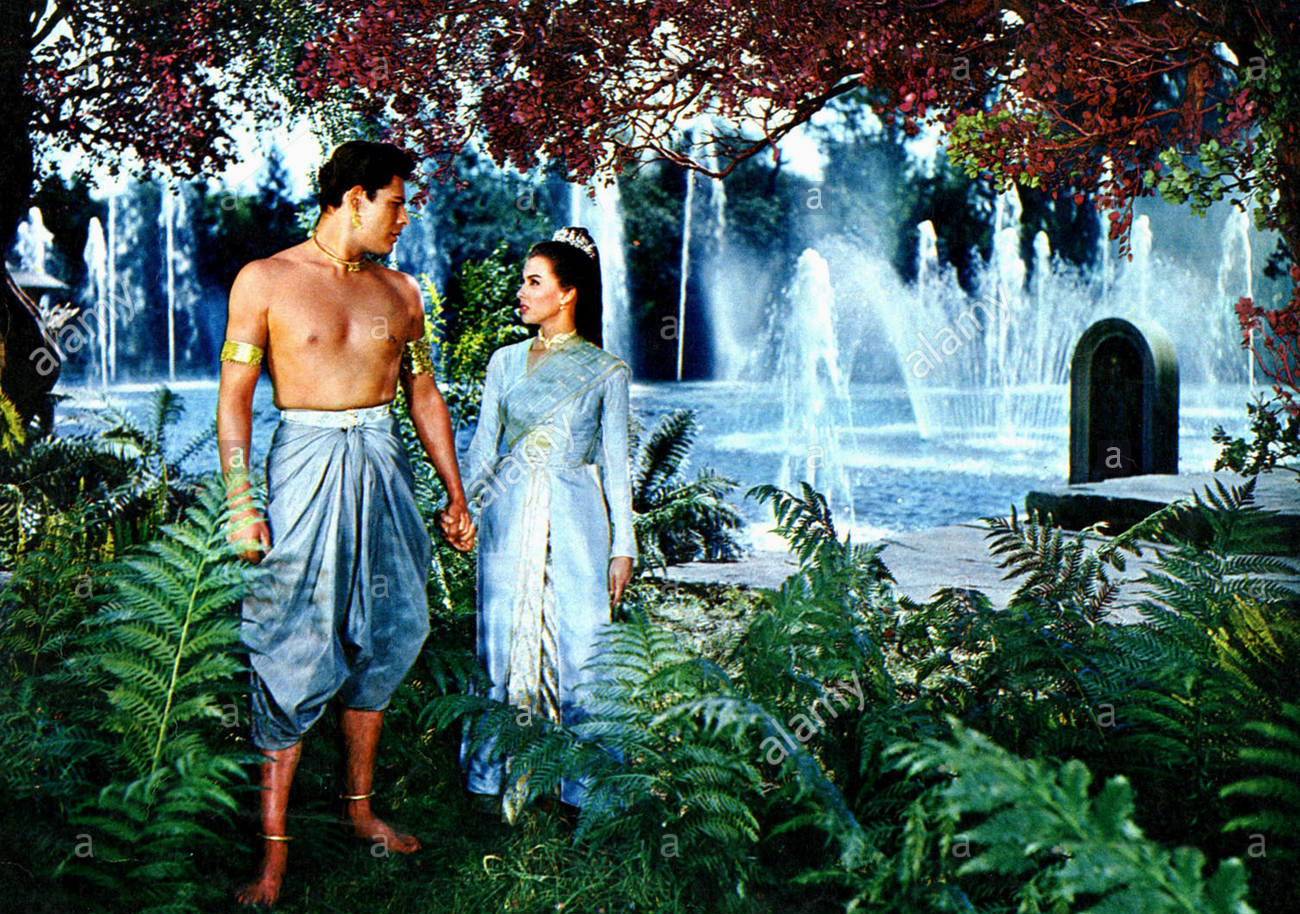
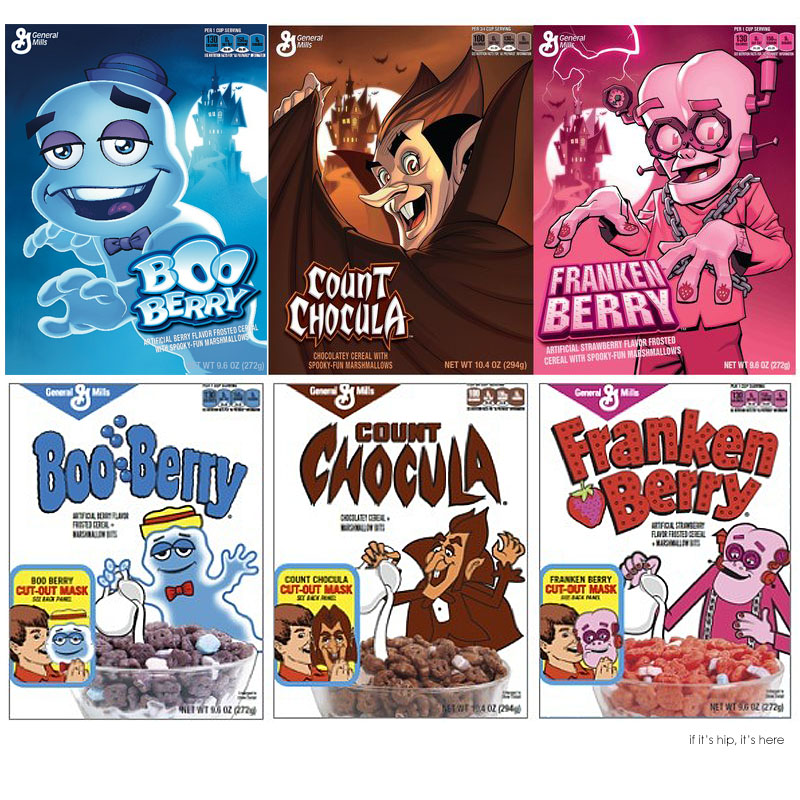


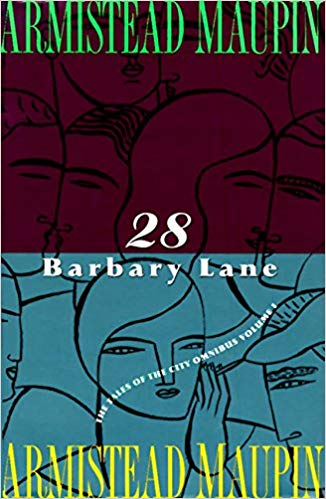
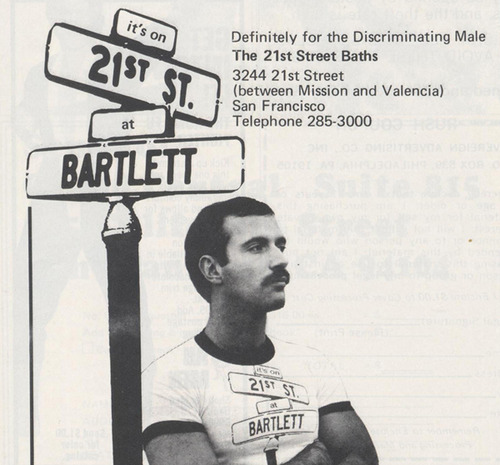
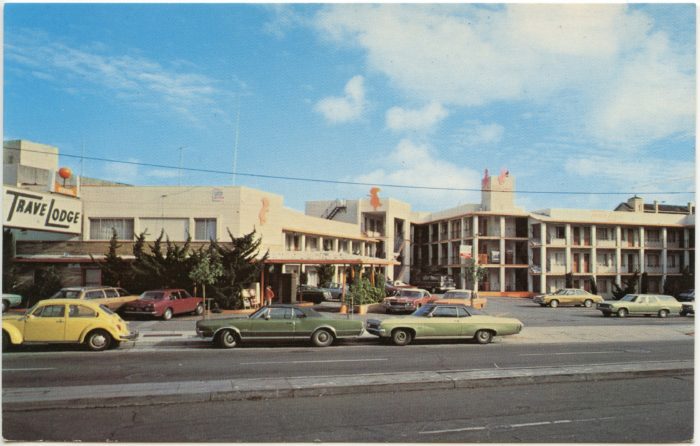
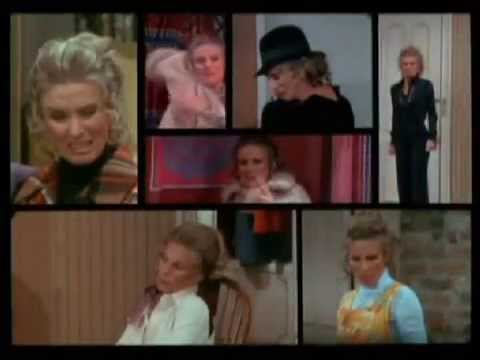
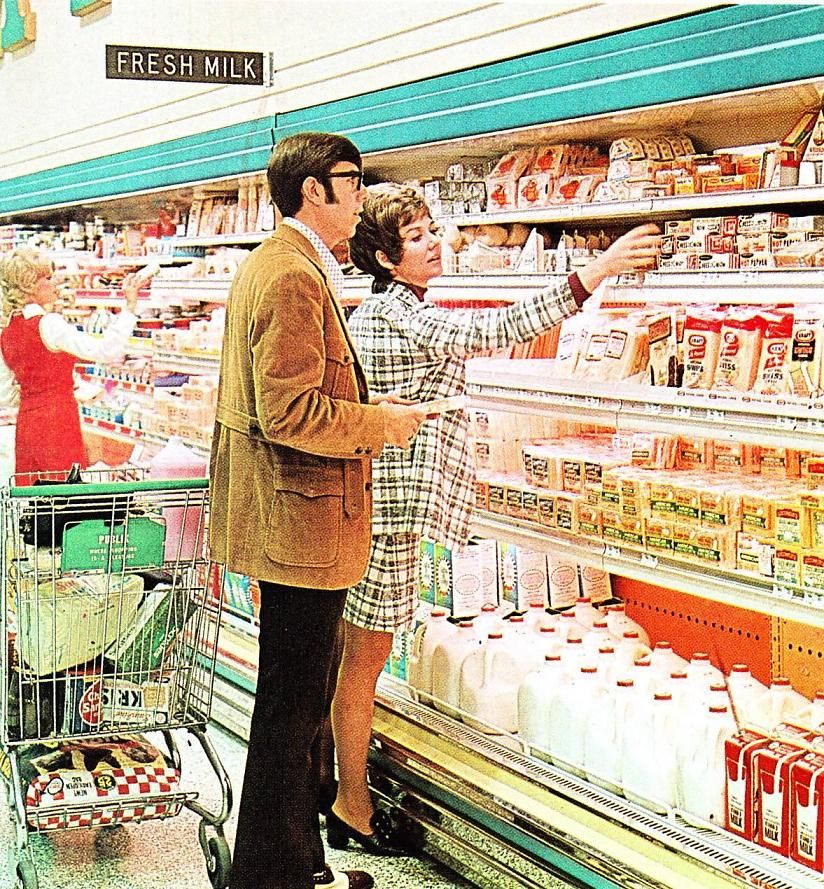
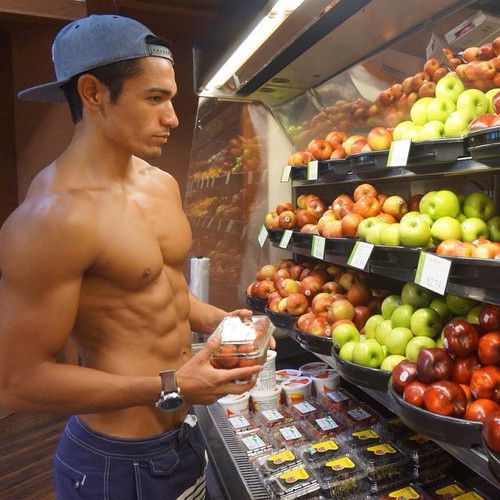

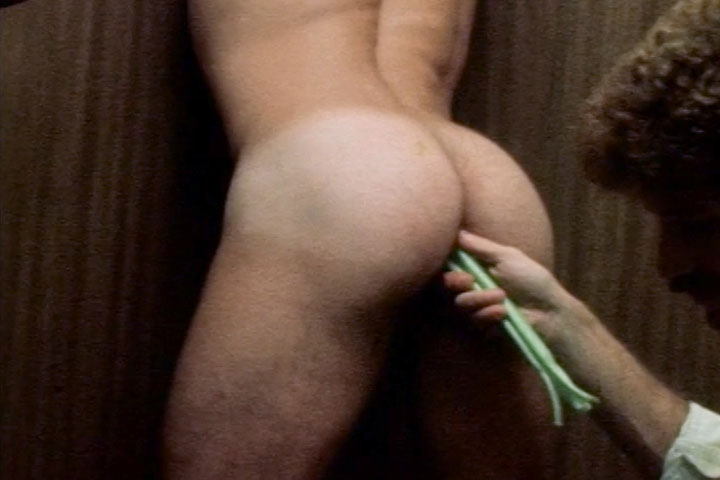
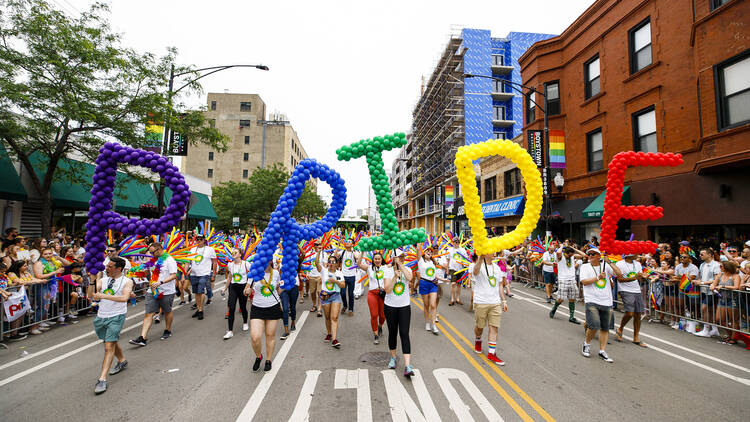
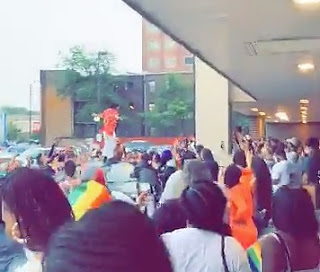
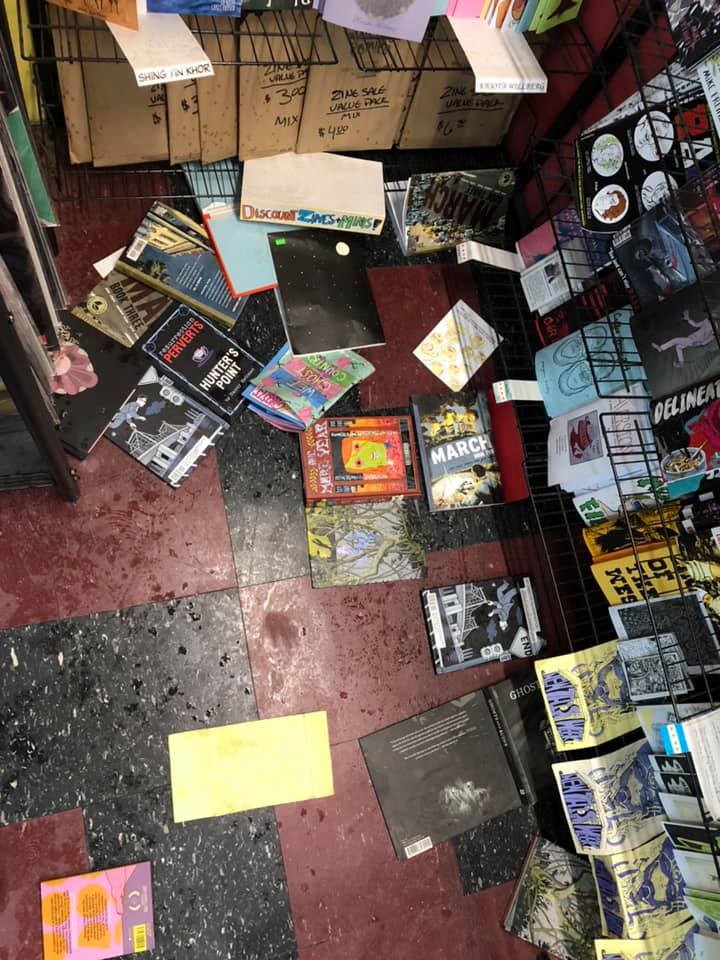
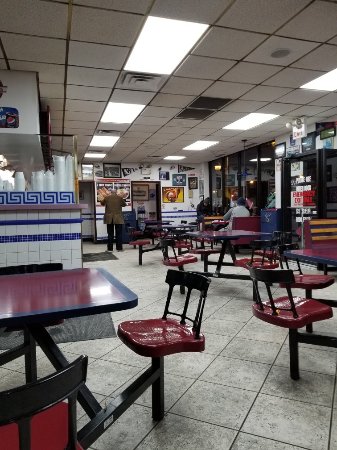
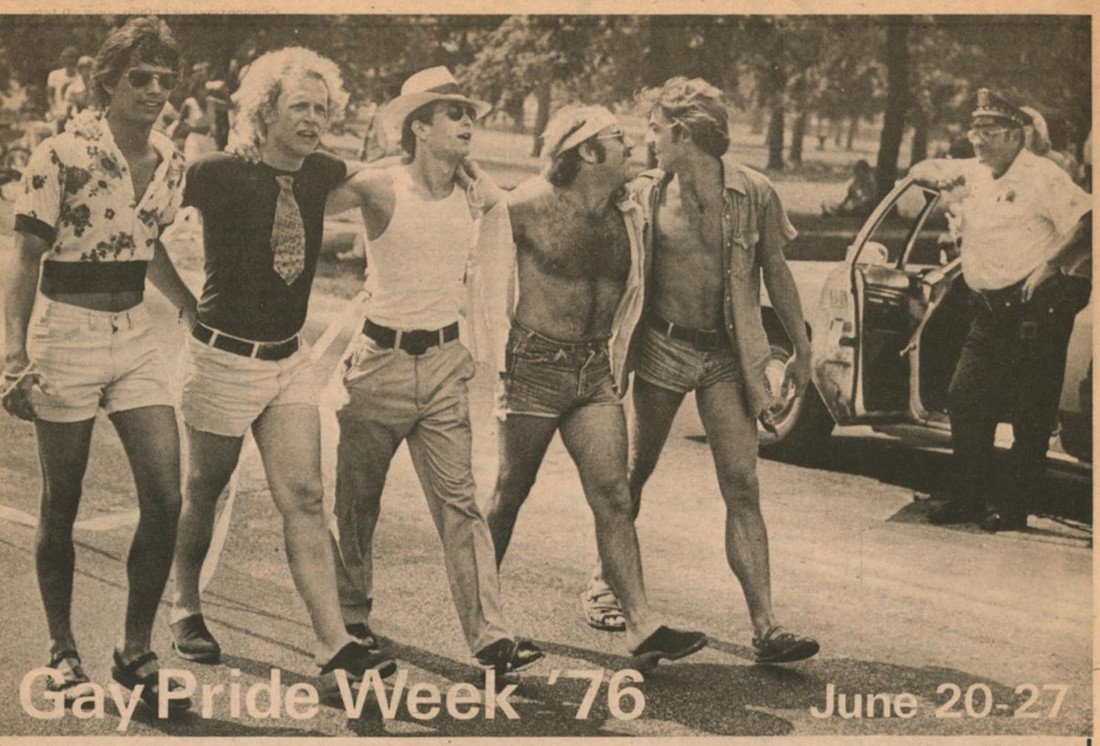
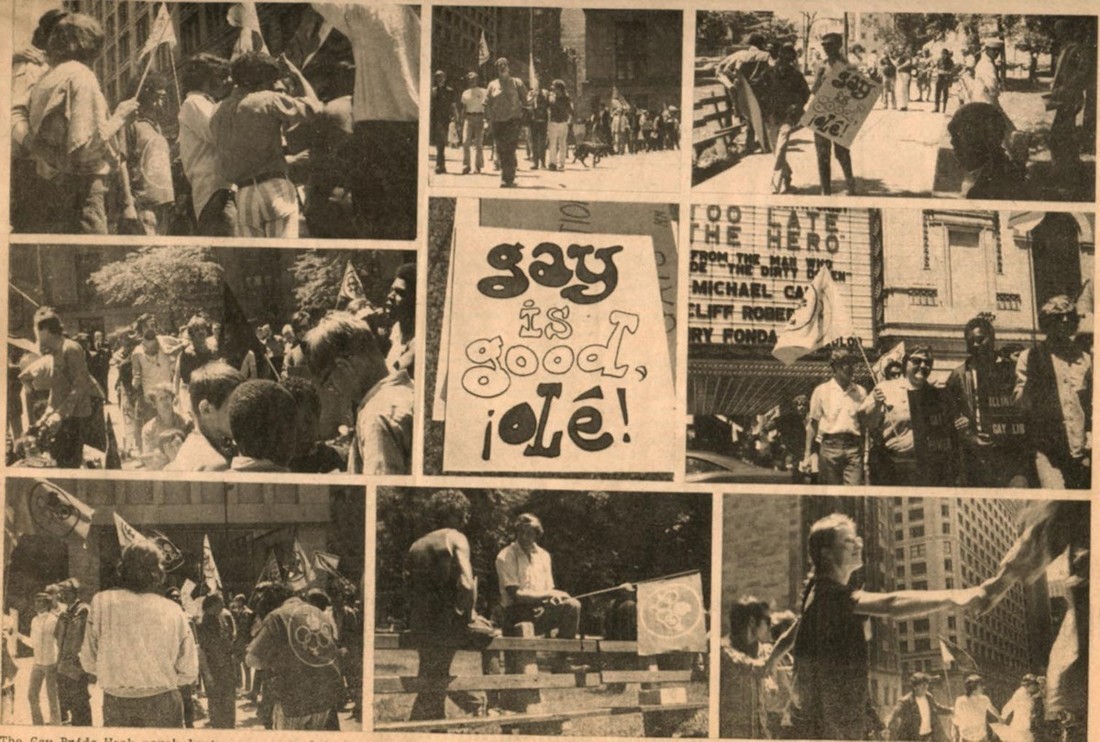
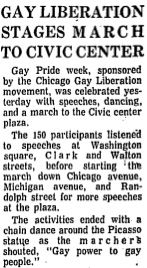
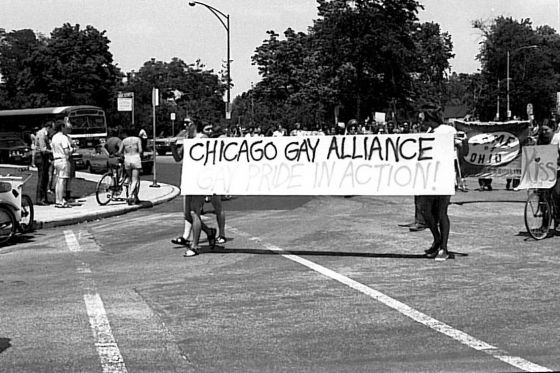
 Join our Email List
Join our Email List Like Us on Facebook
Like Us on Facebook Instagram
Instagram Youtube
Youtube Follow Us on Twitter
Follow Us on Twitter Follow us on Pinterest
Follow us on Pinterest